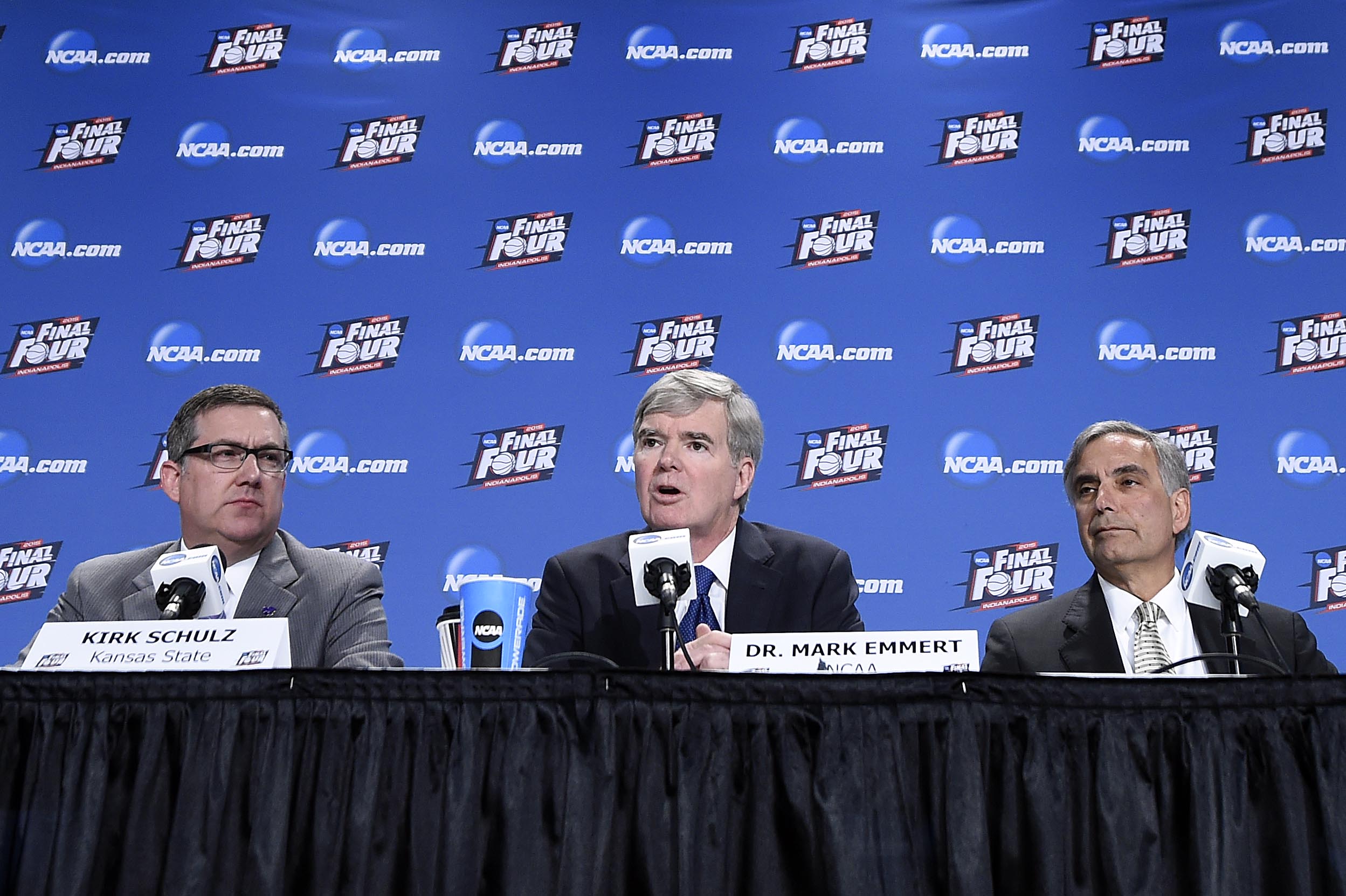HOUSTON — Even though the issue has been bubbling for more than two years as a high priority for NCAA reform, there has been no major movement on addressing transfer rules.
![NCAA Basketball: NCAA President Mark Emmert-Press Conference [image : 82495530]](http://www.gannett-cdn.com/media/2016/03/31/USATODAY/USATODAY/635950536783641371-USATSI-8494509.jpg)
It’s complicated, to be sure. Some factions want changes that allow athletes more liberal movement between colleges. Others want to make it more difficult and eliminate the graduate transfer exception that allows immediate eligibility for fifth-year students. And that doesn’t even account for the inconsistencies from school to school about arbitrarily restricting an athlete’s transfer options, which often end up becoming national news.
In short, nobody believes the status quo is working. But what’s being done about it?
![Armour: NCAA still tap dancing around important issues [oembed : 82495316] [oembed : 82495316]](/Portals/_default/Skins/PrestoLegacy/CommonCss/images/smartembed.png)
There has been significantly less recent chatter about addressing transfer rules in the college sports ecosystem than there was two years ago. At the most recent NCAA convention in January, the issue of time demands for athletes rose to the forefront of the conversation.
NCAA President Mark Emmert said Thursday at his annual Final Four news conference that there was still a “deep sense of urgency” to figure out what to do about transfers going forward.
“It’s one of the most hotly debated and discussed (issues) in sports right now, whether it’s football or basketball,” Emmert said. “The challenge is, it’s really hard to figure out a right way to resolve the issue. There’s opinions on pretty much every side of the debate whether it’s graduates or undergraduates. Now it’s been complicated by the fact there’s been a couple class-action lawsuits filed against the existing rules with undergradutes.”
When the NCAA agreed to give the five so-called power conferences autonomous authority over certain areas of the rule book, transfers was a huge point of contention. Leagues outside the Power 5 were adamant that transfer reform needed to be in shared governance for all of Div. I and got that concession — with one catch. If there was no significant movement on transfer reform within two years, the Power 5 requested the flexibility to bring that issue under their umbrella.
![Jim Boeheim defines 'rules being broken' as different than cheating [oembed : 82495364] [oembed : 82495364]](/Portals/_default/Skins/PrestoLegacy/CommonCss/images/smartembed.png)
Some administrators at schools outside the Power 5 have wondered privately whether the autonomy group is simply running out the clock on that two-year window so that they can grab control of the issue.
“It isn’t so much that one group wants to settle it and another doesn’t, it’s that it’s hard,” Emmert said. “It’s a tough one to find what the right outcome is. There’s active debate going on right now and will continue at this upcoming meeting next month with the Div. 1 council. It will be debated throughout the course of the summer. I don’t know exactly what the outcome will be, but don’t hear the lack of a final resolution as a lack of keen interest. Quite the opposite.”
South Carolina President Harris Pastides, who chairs the Div. I board of directors, said it’s a “very, very important matter” and that he wants to guard against extreme opinions on both sides.
“If it were a matter of saying, just throw the door wide open, we would have done it already,” he said. “I think you’ll see some action on it in the next few months.”


![Scenes from the Final Four in Houston [gallery : 82489746]](http://www.gannett-cdn.com/-mm-/396f988cb228c3c5d280d486f8286129f5d3e1c3/c=837-0-4649-3258/local/-/media/2016/03/31/USATODAY/USATODAY/635950496580623661-AP-NCAA-FINAL-FOUR-BASKETBALL-80883272.JPG)
